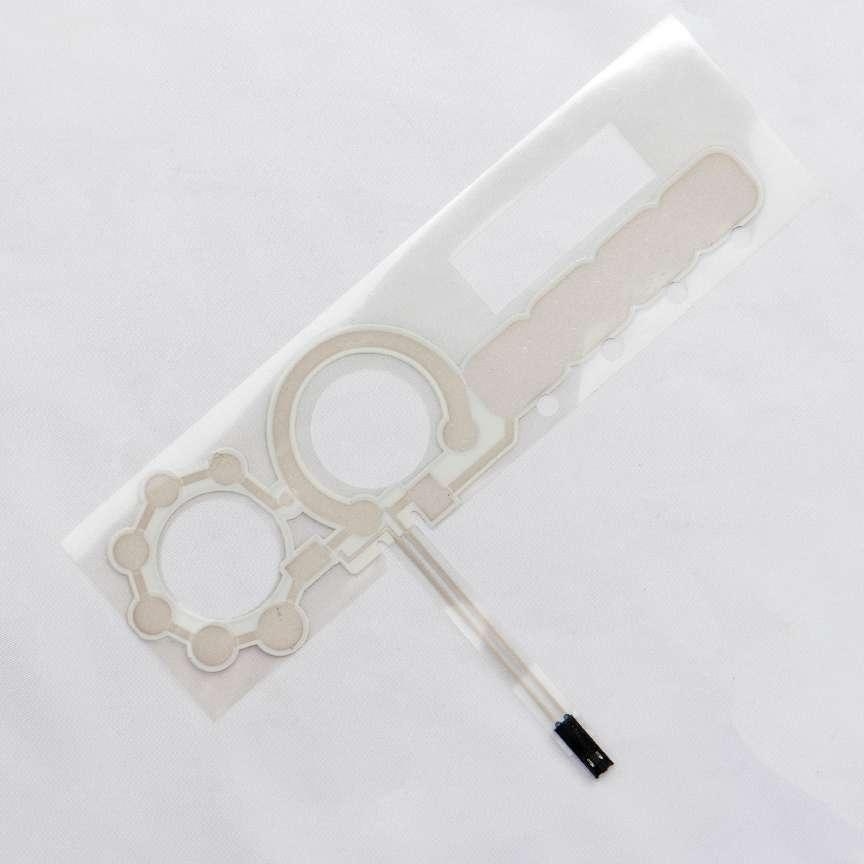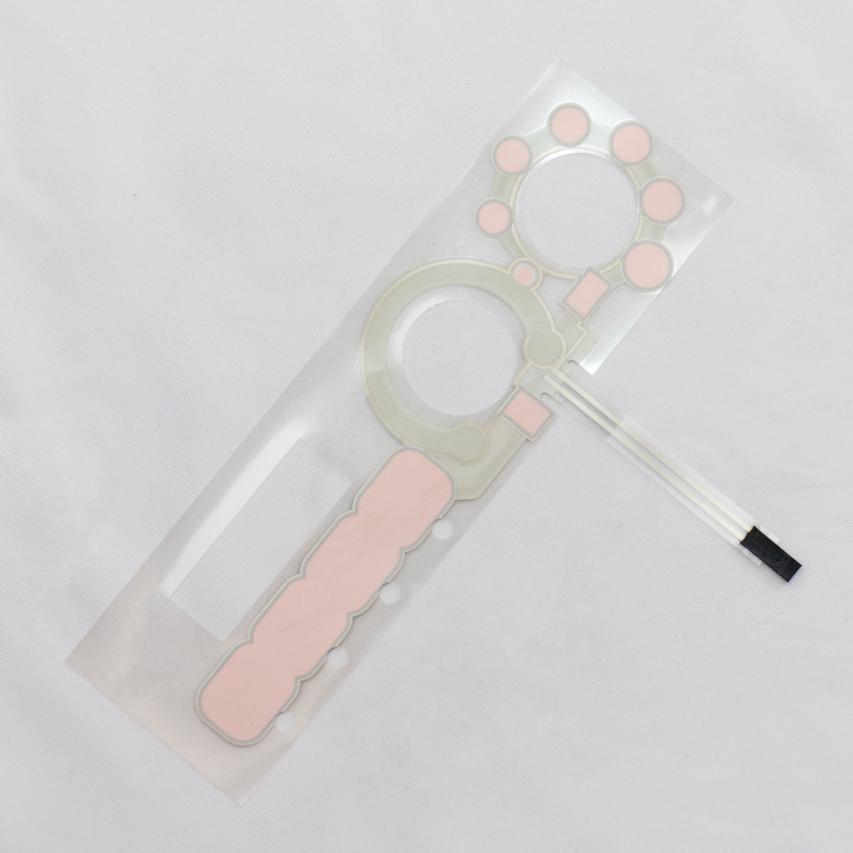Contact
Write to Us And We Would Be Happy to Advise You.
Do you have any questions, or would you like to speak directly with a representative?
By hqt
Printed electronics is a rapidly growing field that has the potential to revolutionize the electronics industry. By utilizing advanced printing techniques, printed electronics can produce complex electronic devices on a large scale, at a low cost, and with high precision. This makes it an attractive option for a wide range of applications, from flexible displays to smart packaging, and beyond.


There are several key benefits to using printed electronics over traditional electronics manufacturing techniques. First and foremost, printed electronics is much more cost-effective than traditional methods. The high precision printing techniques used in printed electronics allow for large scale production of electronic devices at a fraction of the cost of traditional manufacturing methods.
In addition, printed electronics is much more flexible than traditional electronics. Printed electronic devices can be produced on a variety of substrates, including plastic, paper, and fabric, which makes them ideal for flexible and wearable applications. This flexibility also makes printed electronics more durable, as the devices can bend and flex without breaking.
Finally, printed electronics is a more environmentally friendly option than traditional electronics. The materials and processes used in printed electronics are less toxic and produce less waste than traditional electronics manufacturing methods.
Printed electronics has a wide range of applications, from flexible displays and smart packaging to wearable electronics and beyond.
One of the most promising applications of printed electronics is flexible displays. Flexible displays have the potential to revolutionize the display industry, as they offer the benefits of both traditional displays and electronic paper. They are lightweight, thin, and can be bent and flexed without breaking.
Another promising application of printed electronics is smart packaging. By incorporating printed electronics into packaging, manufacturers can add a range of smart features, such as interactive displays, sensors, and even radio-frequency identification (RFID) chips. This opens up new opportunities for product tracking, inventory management, and even consumer engagement.
Finally, wearable electronics is another exciting application of printed electronics. Wearable devices such as smartwatches, fitness trackers, and even clothing, can be made using printed electronics. This makes them lightweight, flexible, and more comfortable to wear than traditional wearable devices.
The future of printed electronics looks bright, with many exciting developments on the horizon. As the technology continues to advance, it will become even more cost-effective, flexible, and environmentally friendly.
In the coming years, we can expect to see printed electronics being used in an even wider range of applications, from flexible displays and smart packaging to wearable electronics and beyond. With the continued growth of the Internet of Things (IoT), we can also expect to see printed electronics being used to create new, smart devices that will revolutionize the way we live and work.
Printed electronics refers to a set of manufacturing techniques used to create electronic devices and components on various flexible and/or organic materials, while a membrane switch is a type of user interface often used in electronic devices that consists of a flexible substrate with conductive printed circuits that serve as inputs when pressed.
Printed electronics technology can be used to manufacture membrane switches, as it allows for the creation of conductive printed circuits on flexible substrates. The flexibility and thin profile of membrane switches made with printed electronics can make them suitable for use in a variety of applications where traditional, rigid switches may not be practical.
Printed electronics is a rapidly growing field with the potential to revolutionize the electronics industry. With its cost-effectiveness, flexibility, and environmentally-friendly nature, it offers a range of exciting opportunities for the development of new and innovative devices. As the technology continues to advance, we can expect to see printed electronics being used in an even wider range of applications in the future.
Do you have any questions, or would you like to speak directly with a representative?